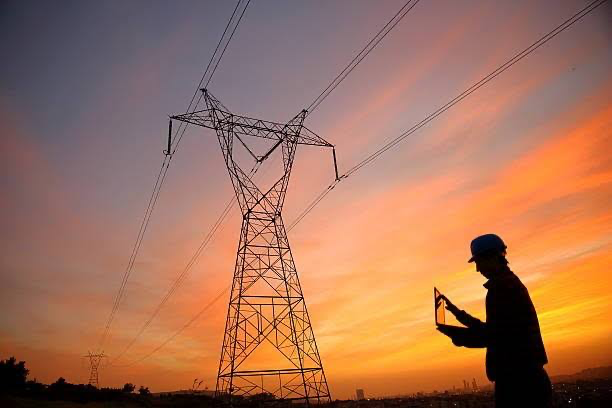Global electricity demand is expected to grow rapidly over the next three years as the clean energy transition accelerates. According to the International Energy Agency (IEA), low-emission technologies will meet this rising demand.
The IEA’s “Electricity 2024” report forecasts that global electricity demand will increase by 3.4% annually from 2024 to 2026, up from 2.2% in 2023. Most of this growth will occur in China, India, and Southeast Asia.
Renewable energy is transforming the electricity sector. Solar, wind, hydro, and nuclear power will reduce the reliance on fossil fuels. By 2026, low-emission sources will generate nearly half of the world’s electricity, up from just under 40% in 2023.
Renewables will account for over a third of total electricity generation by early 2025, surpassing coal. Nuclear power is also set to reach a global peak by 2025, with significant growth in France, Japan, China, India, Korea, and Europe.
IEA Executive Director Fatih Birol emphasized the importance of this shift. “The rapid growth of renewables and the steady expansion of nuclear power will meet global electricity demand over the next three years,” Birol said. “This progress is crucial for reducing CO2 emissions.”
The report indicates that increased renewable and nuclear electricity generation is driving a structural decline in the power sector’s CO2 emissions. Global emissions from electricity generation are expected to decrease by 2.4% in 2024.
Decoupling electricity demand and emissions is significant, especially as more consumers adopt electric vehicles and heat pumps. Electricity’s share of global energy consumption rose to 20% in 2023, up from 18% in 2015. However, meeting climate goals requires even faster electrification.
Electricity prices varied widely by region in 2023. European wholesale electricity prices dropped by over 50% on average, though they remained more than double pre-pandemic levels. In the US, prices were about 15% higher than in 2019. EU electricity demand declined for the second consecutive year in 2023 and is not expected to return to pre-crisis levels until at least 2026.
In Africa, electricity consumption per capita has stagnated for three decades. “Per capita consumption in Africa even declined in recent years as population growth outpaced electricity supply,” the IEA report stated.
Despite this, the IEA projects a recovery to 2010-2015 levels by 2026. In 1994, Africans consumed more electricity per capita than people in Southeast Asia or India. However, rapid economic development in these regions has since reversed this trend. In 2023, Africa’s per capita electricity consumption was half that of India and 70% lower than in Southeast Asia.
The IEA forecasts 4% annual growth in Africa’s electricity demand from 2024 to 2026, double the average growth rate from 2017 to 2023. Two-thirds of this demand will be met by expanding renewables, with the remaining third covered mostly by gas.
“Electricity use is a key indicator of economic development,” Birol noted. “It’s a grim sign that it has flatlined in Africa on a per capita basis for over three decades.”
To achieve energy development and climate targets, Africa needs to double its current energy investment to $90 billion annually by 2030, with two-thirds of this investment going to clean energy.
“Access to reliable, affordable, and sustainable energy is essential for African countries to achieve their economic and climate goals,” Birol added. “The international community must work with African governments to enable urgent progress.”
Source: ESI Africa



